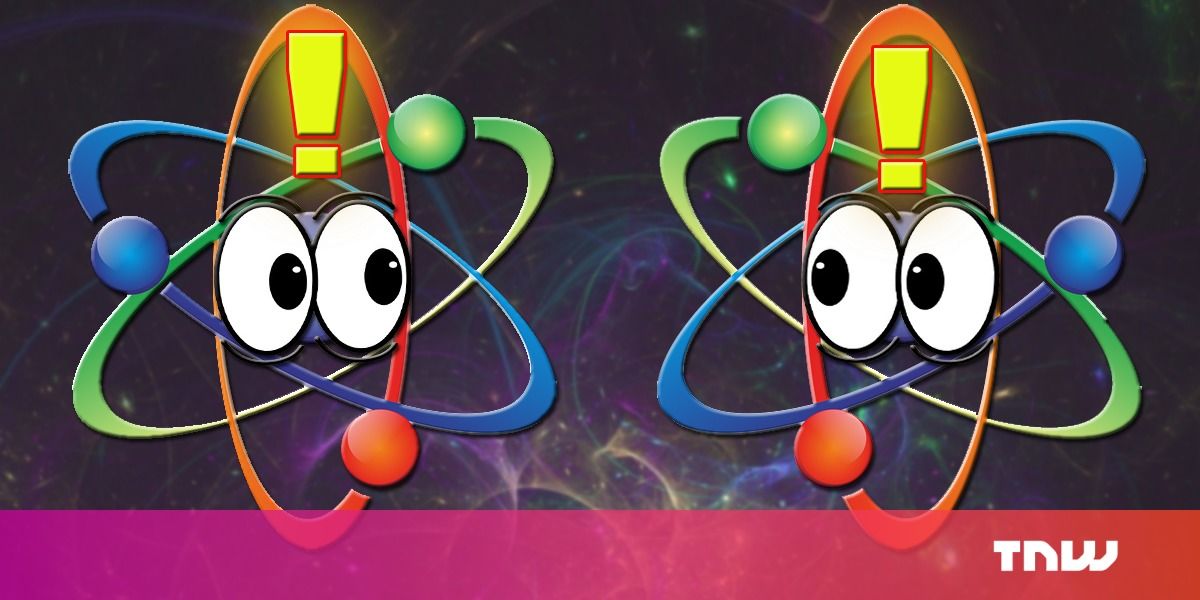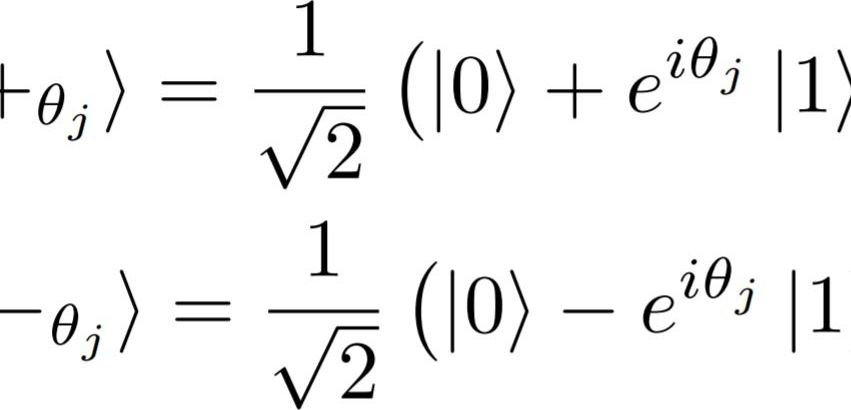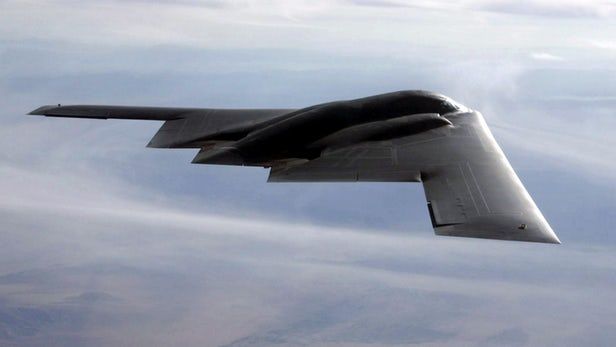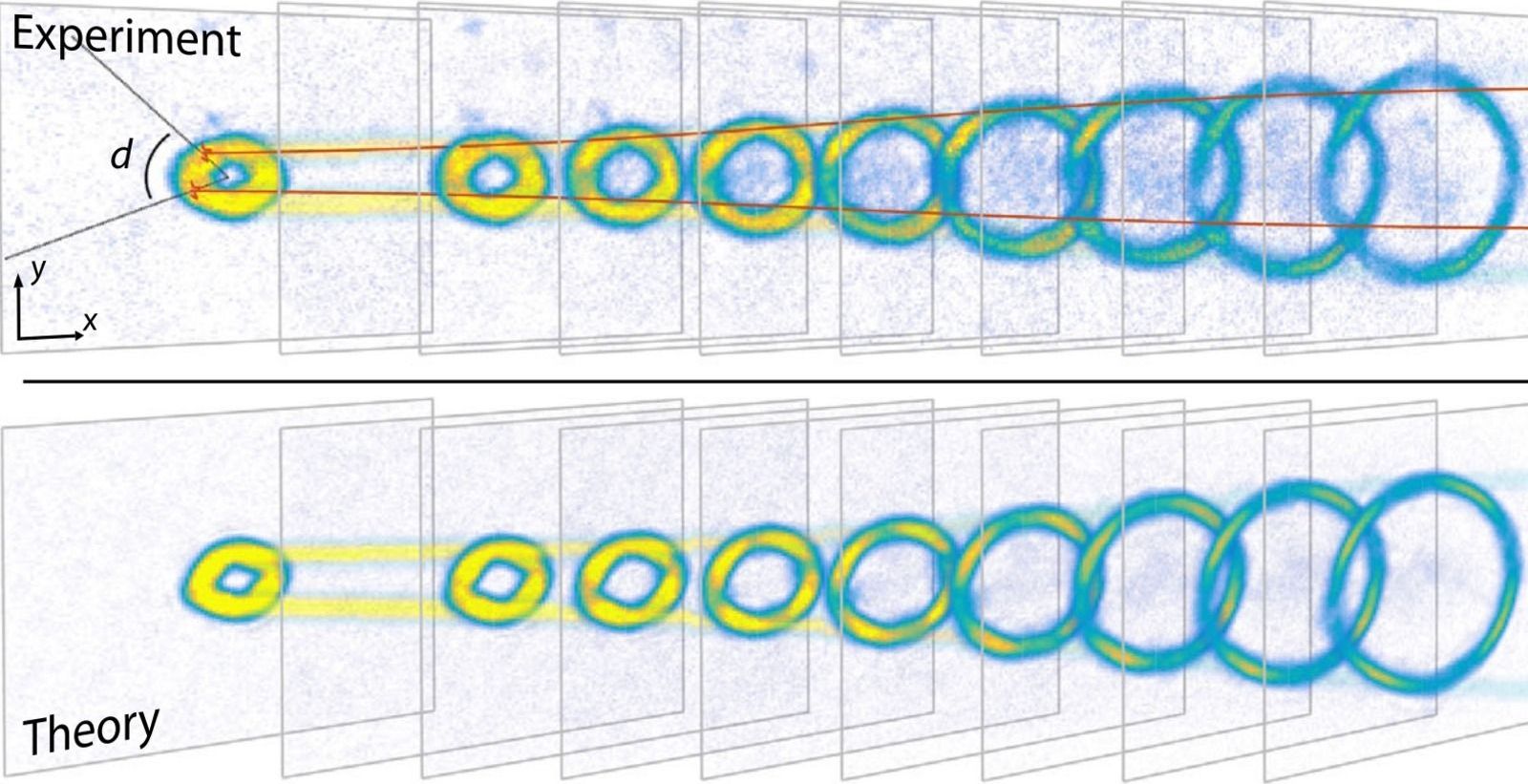Is quantum computing the next big thing? Energy thinks it may be.





From tunneling through impenetrable barriers to being in two places at the same time, the quantum world of atoms and particles is famously bizarre. Yet the strange properties of quantum mechanics are not mathematical quirks—they are real effects that have been seen in laboratories over and over.
One of the most iconic features of quantum mechanics is “entanglement”—describing particles that are mysteriously linked regardless of how far away from each other they are. Now three independent European research groups have managed to entangle not just a pair of particles, but separated clouds of thousands of atoms. They’ve also found a way to harness their technological potential.
When particles are entangled they share properties in a way that makes them dependent on each other, even when they are separated by large distances. Einstein famously called entanglement “spooky action at a distance,” as altering one particle in an entangled pair affects its twin instantaneously—no matter how far away it is.

https://www.patreon.com/GrayScott
Newsletter — https://www.grayscott.com/newsletter
Twitter: @grayscott
Instagram: https://www.instagram.com/gray_scott/
Transcript:
We are headed towards a post Singularity simulated future and everything points towards us becoming a simulated species and being able to upload our consciousness quantify our consciousness and put that into a simulation.
And I don’t necessarily think it’s us that may control it.
I think it’s going to be the AI systems, the quantum computers of the future, those systems will create the simulations, they will draw us in, some may do it on purpose and some by accident. Whether that’s a choice that we make or whether a choice the machines make is something we’ll have to find out when we get to the future.
I wrote about the Sim Generation in a book called The Future of Business, and the idea was that this generation that we are seeing right now, they are the simulated generation, so by the time that they reach their early twenties living inside of simulated virtual reality for those kids, it’s not going to be uncommon, it’s not going to be foreign to them.

From tunneling through impenetrable barriers to being in two places at the same time, the quantum world of atoms and particles is famously bizarre. Yet the strange properties of quantum mechanics are not mathematical quirks—they are real effects that have been seen in laboratories over and over.
One of the most iconic features of quantum mechanics is “entanglement”—describing particles that are mysteriously linked regardless of how far away from each other they are. Now three independent European research groups have managed to entangle not just a pair of particles, but separated clouds of thousands of atoms. They’ve also found a way to harness their technological potential.
When particles are entangled they share properties in a way that makes them dependent on each other, even when they are separated by large distances. Einstein famously called entanglement “spooky action at a distance,” as altering one particle in an entangled pair affects its twin instantaneously—no matter how far away it is.


Stealth technology may not be very stealthy in the future thanks to a US$2.7-million project by the Canadian Department of National Defence to develop a new quantum radar system. The project, led by Jonathan Baugh at the University of Waterloo’s Institute for Quantum Computing (IQC), uses the phenomenon of quantum entanglement to eliminate heavy background noise, thereby defeating stealth anti-radar technologies to detect incoming aircraft and missiles with much greater accuracy.
Ever since the development of modern camouflage during the First World War, the military forces of major powers have been in a continual arms race between more advanced sensors and more effective stealth technologies. Using composite materials, novel geometries that limit microwave reflections, and special radar-absorbing paints, modern stealth aircraft have been able to reduce their radar profiles to that of a small bird – if they can be seen at all.

Eerie similarities unite vastly different scientific ideas in sometimes utterly surprising ways. One of these similarities may have allowed scientists to recreate the expanding universe—on a countertop.
Researchers accomplished their feat using Bose-Einstein condensates, which are collections of certain atoms held to the near coldest-possible temperatures. Bose-Einstein condensates let scientists see teeny quantum mechanical effects on a much larger scale, and have been used to do lots and lots of wild physics. These scientists hope they can use its quirks to model the behavior of the far grander cosmos.
“It’s hard to test theories of cosmology,” study author Gretchen Campbell, from the University of Maryland’s Joint Quantum Institute, told Gizmodo. “Maybe we can actually find a way to study some cosmological models on the laboratory scale.”
